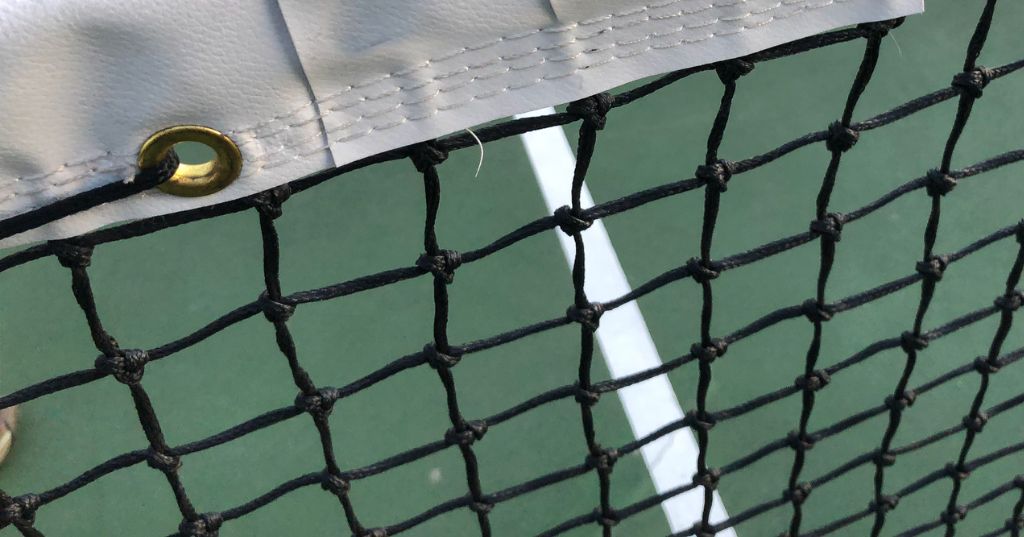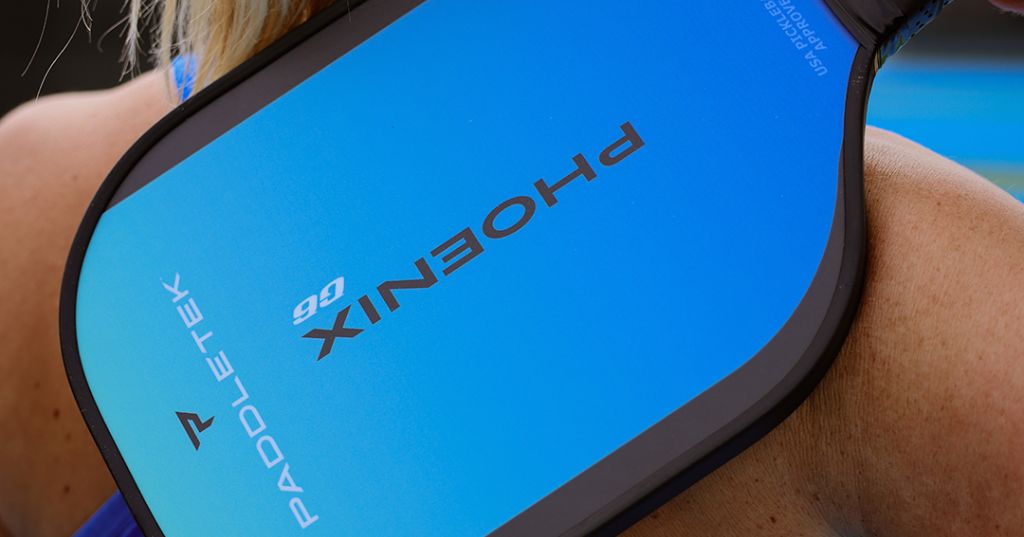It’s easy to assume that tennis nets and pickleball nets are the same because they share so many similarities. But these two nets do have differences, some subtle, and others pronounced. Perhaps the most burning question revolves around the heights of pickleball and tennis nets.
The pickleball net is 36 inches tall at the posts and 34 inches at the middle point. Tennis differs because the height of the net at the posts is set at 42 inches, and the center point sags to 36 inches. So tennis nets are taller and have a larger dip in the middle.
There’s a bit of a revolution happening on American tennis courts. Tennis players are putting their racquets down and picking up pickleball paddles instead, while tennis courts across the country are permanently relining their surfaces for pickleball.
With such a high influx of tennis players, it’s natural to wonder if several inches on a net makes a difference during a game. Let’s explore this further.
The 'Net Net' of Pickleball and Tennis Nets
Tennis and pickleball have many similarities. That’s why they’re commonly confused with each other. But if you want to grasp the game of pickleball, then let’s get to the truth of the 4 following questions.
1. Why Are Pickleball and Tennis Nets Different Heights?
Pickleball and tennis nets are different heights because the ball of each sport bounces differently. Most pickleballs are made of plastic or thermoplastic rubbers which have less spring than tennis balls typically made of rubber filled with pressurized gas. As a result, pickleball nets are lower.

To illustrate how differently tennis balls bounce from pickleballs, imagine you have one of each in your hands.
You raise them to a height of 78 inches and then drop them. After the first bounce, a tennis ball will retain about 60% of its bounce and reach a height close to 46 inches, which is well above a tennis net’s height.
A pickleball, however, will only retain about 38%-44% of its energy after bouncing, and peak at a height of 30 to 34 inches, which on the higher end of that range would be the lowest height of a legal pickleball net. This is one of the reasons a 34-inch net is such a competitive height for pickleball.
Now of course there are no scenarios in either sport where the ball falls without force from the sky, but hopefully understanding the physics behind each ball gives you a better idea of why the nets should be at different heights in each sport.
2. Why Do the Nets Have a Dip in the Middle?
If you look at a tennis court, you’ll notice that there’s a crank at the end of the posts for pulling the net tight. But there’s a dip left on purpose for both pickleball and tennis courts.
In both pickleball and tennis, the middle of the net is the lowest point whereas the ends of the net are the highest points. This means the most forgiving place for getting the ball over is also the middle, while the sides of the net offer more challenging shots.
This dip allows for different angles of play and coordinates with the types of spin and patterns of play. Since serves are done diagonally, this also means you'll get the most net lenience going right over the center.
3. Can You Use Tennis Nets for Pickleball?
Tennis nets can be used for pickleball, and in fact, commonly are, but should be lowered to accommodate pickleball better. To do this, at the very least you should tighten the center strap to lower the middle point from 36 inches to 34 inches. If possible, lower the posts by 6 inches.
Lowering the posts can sometimes be more challenging, especially if crank mechanisms aren’t being utilized.
So in a pinch, tightening or shifting the middle strap of the net will help tremendously, especially if you line the with the net and centerlines matched.
Since standard pickleball posts are 22 feet apart, and tennis posts are 42 feet apart, the imaginary area where your 36-inch posts would be, won't be too far off without lowering the tennis net sides. For more info on this, be sure to check out USA Pickleball's guide to setting up a pickleball court on a tennis court.
4. Does Playing Pickleball on an Unadjusted Tennis Net Ruin the Game?
You can play pickleball on an unadjusted tennis net, but it will make the game frustrating because of how high the ball can bounce and how it's impacted by a paddle's composition. Even in standard pickleball courts, the net isn’t always the perfect height, but it will typically be close enough to not ruin a game.
The nets look similar, but that's about it. The game behaves differently based on the height of the nets. Your control of the ball with your paddle will be entirely off, which is why the net height and court dimensions differ. Serving from the baseline would also become extremely difficult.
The Source of the Similarities and Differences
History plays an important role in understanding the foundation of sports. Pickleball was invented in 1965 by a group of fathers on Bainbridge Island, Washington, when they wanted to create a game to entertain bored children.
It started with a mix of sports equipment they had lying around, which included a badminton net. The first iterations of the game started on the standard height of a badminton net, which measures 5 feet 1 inch. As the game started to reach its full potential that day, the net would get lowered and lowered some more, ultimately hitting a 3-foot height at the posts.
The result is the pickleball we know today. And that’s why some features may remind you of tennis or even badminton, while others are uniquely pickleball!



Leave a comment
This site is protected by hCaptcha and the hCaptcha Privacy Policy and Terms of Service apply.